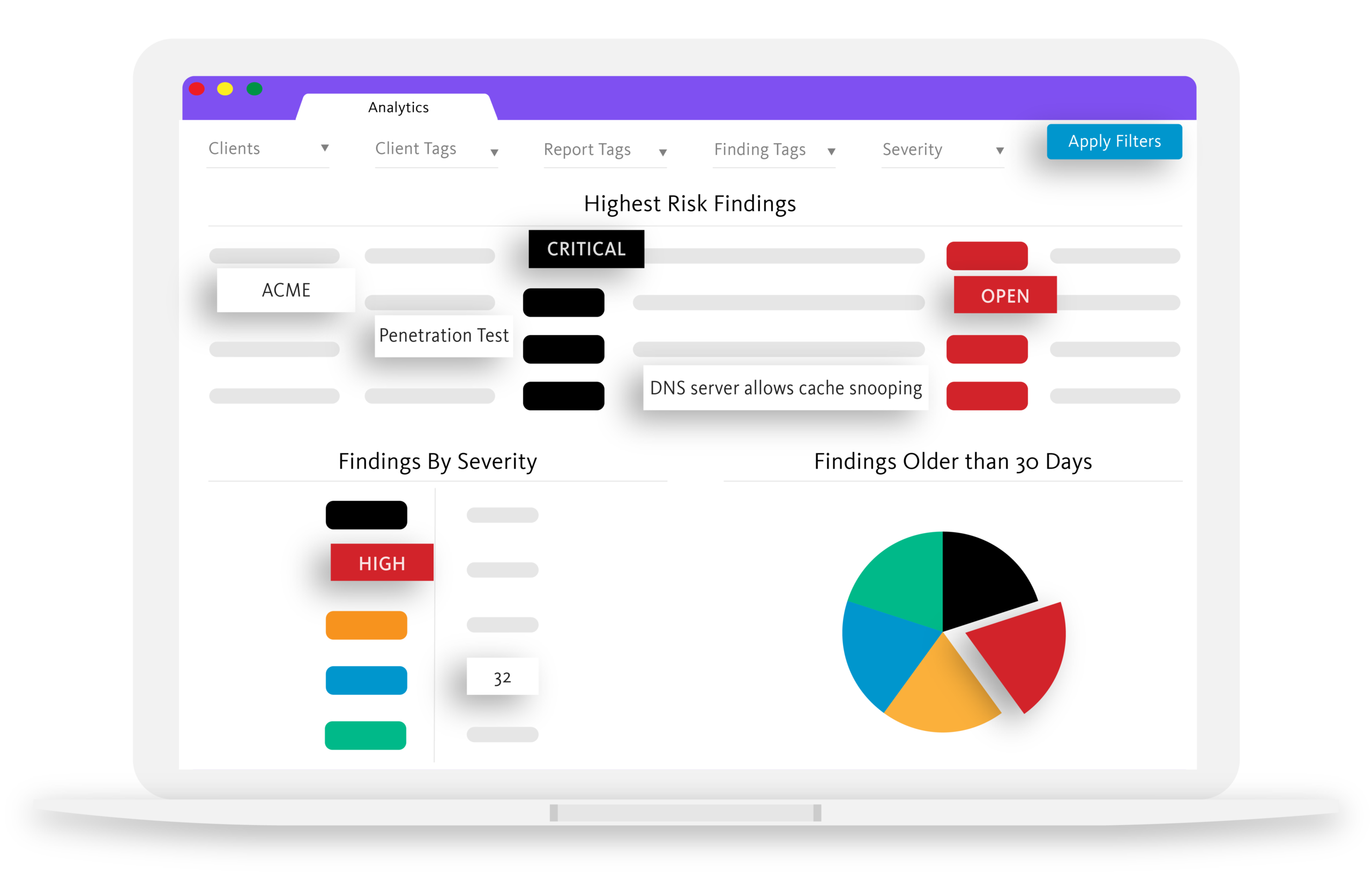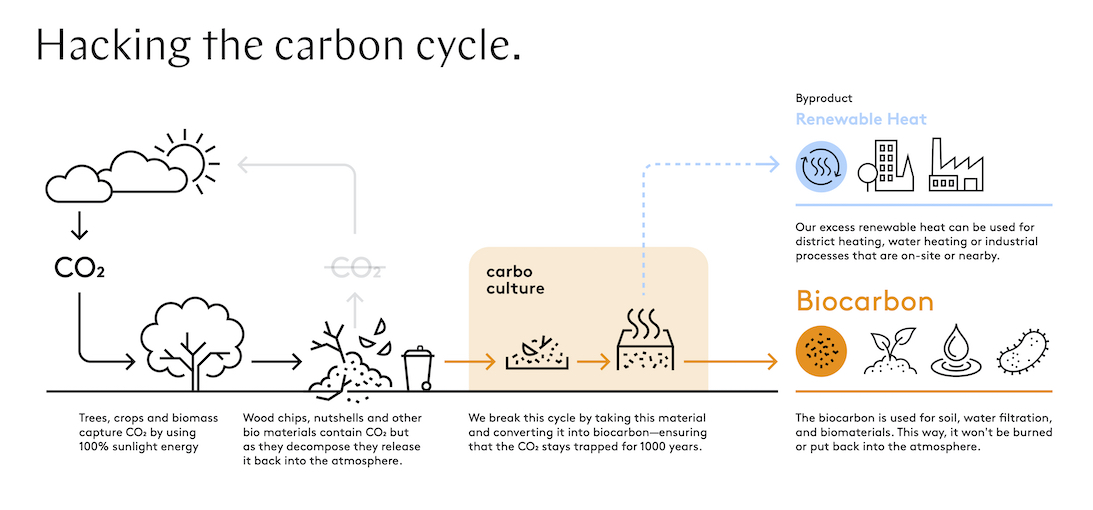- April 14, 2021
- by:
- in: Blog
When ZeroAvia’s six-seater aircraft completed an eight-minute flight from Cranfield Airfield in the U.K. last September, the company claimed a “major breakthrough” with the first-ever hydrogen fuel cell flight of a commercial-size aircraft. The modified Piper Malibu propeller plane was now the largest hydrogen-powered aircraft in the world, wrote the company. “While some experimental aircraft
When ZeroAvia’s six-seater aircraft completed an eight-minute flight from Cranfield Airfield in the U.K. last September, the company claimed a “major breakthrough” with the first-ever hydrogen fuel cell flight of a commercial-size aircraft.
The modified Piper Malibu propeller plane was now the largest hydrogen-powered aircraft in the world, wrote the company. “While some experimental aircraft have flown using hydrogen fuel cells, the size of this aircraft shows that paying passengers could be boarding a truly zero-emission flight very soon,” added Val Miftakhov, ZeroAvia’s CEO.
But just how hydrogen-powered was it, and how close is ZeroAvia to flying passengers?
“[In] this particular setup, not all the energy is coming from hydrogen,” said Miftakhov at a press conference directly afterwards. “There is a combination of the battery and hydrogen. But the way the battery and hydrogen fuel cells combine is such that we are able to fly purely on hydrogen.”
Miftakhov’s comments don’t quite tell the whole story. TechCrunch has learned that batteries provided the majority of the power required for the landmark flight, and will continue to feature heavily in ZeroAvia’s longer flights and new aircraft. And while the Malibu is technically still a passenger aircraft, ZeroAvia has had to replace four of the Malibu’s five passenger seats to accommodate bulky hydrogen tanks and other equipment.
In less than four years, ZeroAvia has gone from testing aircraft parts in pickup trucks to gaining the support of the U.K. government, and attracting investment from the likes of Jeff Bezos, Bill Gates and — just last week — British Airways. Now the question is whether it can continue on its claimed trajectory and truly transform aviation.
Take off
Aviation currently accounts for 2.5% of humanity’s carbon emissions, and could grow to a quarter of the planet’s carbon budget by 2050. Biofuels can displace trees or food crops, while batteries are too heavy for anything more than short hops. Hydrogen, by contrast, can be generated using solar or wind power, and packs quite an energetic punch.
Fuel cells combine hydrogen with oxygen from the air in an efficient reaction that produces only electricity, heat and water. But that doesn’t mean you can simply drop a fuel cell into an existing aircraft. Fuel cells are heavy and complex, hydrogen requires bulky storage and there are many technical problems for startups to solve.
Russian-born Miftakhov arrived in America in 1997 to study for a physics doctorate. In 2012, after starting several companies and a stint at Google, he founded eMotorWerks (aka EMW) to produce electric conversion kits for the BMW 3-series.
But in 2013, BMW accused EMW of infringing its trademarks. Miftakhov agreed to change its logo and marketing materials, and to refrain from suggesting it was affiliated with the carmaker. He also found demand from BMW owners to be sluggish.
EMW then pivoted to providing chargers and a smart energy management platform. The new direction succeeded, and in 2017 Italian energy company Enel acquired EMW for a reported $150 million. But Miftakhov faced legal difficulties here, too.
George Betak, an EMW vice president, filed two civil lawsuits against Miftakhov alleging, among other things, that Miftakhov had left his name off patents, withheld money and even faked a document to make it seem as though Betak had assigned his intellectual property rights to EMW. Betak later withdrew some claims. The cases were quietly settled in the summer of 2020.
Weeks after selling EMW in 2017, Miftakhov incorporated ZeroAvia in San Carlos, California with the stated aim of “zero emissions aviation.” He was counting on the aviation industry being more interested in electrifying existing aircraft than BMW drivers had been.
First step: batteries
The first public outing for ZeroAvia was in October 2018 at Hollister Airport, 50 miles southwest of San Jose. Miftakhov mounted a propeller, an electric motor and batteries in the bed of a 1969 El Camino and took it up to 75 knots (85mph) on electric power.
In December, ZeroAvia bought a Piper PA-46 Matrix, a six-seater propeller plane very similar to the one it would later use in the U.K. Miftakhov’s team installed the motor and about 75kWh of lithium ion batteries — about the same as in an entry-level Tesla Model Y.
In February 2019, two days after the FAA granted it an experimental airworthiness certificate, the all-electric Piper took to the air. By mid-April, the Matrix was flying at its top speed and maximum power. It was ready to upgrade to hydrogen.
Import records show that ZeroAvia took delivery of a carbon fiber hydrogen tank from Germany in March. One company photo exists of the Matrix with a tank on its left wing, but ZeroAvia never released a video of it flying. Something had gone wrong.
In July, ZeroAvia’s R&D director posted a message on a forum for Piper owners: “We have damaged a wing of our Matrix, which we loved and pampered so much. The damage is so bad that it has to be replaced. Is anyone aware of [a suitable aircraft] that is going to be sold for parts any time soon?”
Miftakhov confirmed that the damage, not previously reported, occurred while ZeroAvia was reconfiguring the aircraft. That aircraft has not flown since, and ZeroAvia’s time as a Silicon Valley startup was coming to an end.
Moving to the UK
With ZeroAvia’s U.S. flight tests on hold, Miftakhov turned his attention to Britain, where Prime Minister Boris Johnson is banking on ”a new green industrial revolution.”
In September 2019, Aerospace Technology Institute (ATI), a U.K. government-supported company, funded a ZeroAvia-led project called HyFlyer, with £2.68 million ($3.3 million). Miftakhov committed to deliver a hydrogen fuel cell Piper that could fly more than 280 miles, within a year. Sharing the money would be Intelligent Energy, a fuel cell maker, and the European Marine Energy Centre (EMEC), which would provide hydrogen fueling tech.
“ZeroAvia had proved the concept of retrofitting an electric power train into an aircraft and instead of powering it by batteries, they wanted to power it with hydrogen,” said Richard Ainsworth, EMEC’s hydrogen manager at the time. “That was the whole purpose of the HyFlyer project.”
Gary Elliott, CEO of ATI, told TechCrunch that it was “really important” to ATI that ZeroAvia was using fuel cells rather than a battery system: “You need to spread your investment profile, so that you’ve got as much likelihood of success as you can.”
ZeroAvia set up in Cranfield and in February 2020, bought a six-seater Piper Malibu, similar to the damaged Matrix. Although the company fitted and flew it with batteries by June, the government still needed reassuring. “I’d be happy to catch up and think about what we can do to address the concerns that are nagging away at the ATI,” wrote an official, according to an email obtained by TechCrunch under a freedom of information request.
Intelligent Energy CTO Chris Dudfield told TechCrunch that the HyFlyer program went smoothly, but that his company is still years away from flying a larger fuel cell and that he never even saw ZeroAvia’s plane.
ZeroAvia’s partnership with Intelligent Energy might have helped it secure U.K. government funding but it wasn’t going to help power the Malibu. ZeroAvia needed to find a fuel cell supplier — fast.
Second step: Fuel cell power
In August, ZeroAvia wrote to government officials that “we are now gearing up for our first hydrogen-powered flight,” and invited the Secretary of State to attend.
Miftakhov said that ZeroAvia’s demonstration flight used a 250 kilowatt hydrogen fuel cell powertrain — the largest ever in an aircraft. This is comparable in power to the internal combustion engine that Pipers typically use, giving a healthy margin of safety for the most demanding phase of flight: take off.
ZeroAvia never identified its fuel cell supplier, nor detailed how much of the 250kW came from the fuel cell.
However, the day after the demonstration flight, a Swedish company called PowerCell issued a press release stating that one PowerCell MS-100 fuel cell was “an integral part of the powertrain.”
The MS-100 generates a maximum power of just 100kW, leaving 150kW unaccounted for. This means the majority of the power needed for take-off could only have come from the Piper’s batteries.
In an interview with TechCrunch, Miftakhov acknowledged that the Piper could not have taken off on fuel cell power alone in the September flight. He said the plane’s batteries were probably operational for the entire demonstration flight, and provided “some additional safety margin for the aircraft.”
Many fuel cell vehicles use batteries, either to smooth out fluctuations or to boost power briefly, although some manufacturers have been more transparent about their sources of power. One problem with relying on batteries for take off is that the plane then has to carry them for the whole flight.
“The fundamental challenge for hydrogen fuel cell aircraft is weight,” said Paul Eremenko, CEO of Universal Hydrogen, which is collaborating on a 2000kW fuel cell powertrain for another aircraft. “One of the ways we save weight is having a much smaller battery that is only used when a pilot guns the throttle.”
In February, ZeroAvia’s vice president, Sergey Kiselev, said that the company’s goal was to do without batteries altogether. “Batteries may be used to provide an extra oomph during take off,” he told the Royal Aeronautical Society. “But if you use different types of propulsion or energy storage on the aircraft, the certification effort will be significantly harder.”
Relying heavily on batteries allowed ZeroAvia to pull off its high-profile demonstration flight for investors and the U.K. government, but could ultimately delay its first flights with paying passengers.
The problem of heat
Without an exhaust to expel waste heat, fuel cells usually need a complex air or liquid cooling system to avoid overheating
“This is really the key intellectual property, and why it isn’t just a matter of buying a fuel cell, buying a motor and plugging them together,” says Eremenko.
The German Aerospace Center in Cologne has been flying hydrogen fuel cell aircraft since 2012. Its current aircraft, the custom-designed HY4, can carry four passengers up to 450 miles. Its 65kW fuel cell has a liquid cooling system that uses a large, aerodynamically optimized channel for the cooling air flow (see picture).
A similar 100kW system would generally need a cooling intake longer and a third bigger than the HY4’s. ZeroAvia’s Piper Malibu has no additional cooling intakes at all.
“The openings look way too small for the air speed at take off, and even for cruise speed,” said an aviation fuel cell engineer who asked not to be named because they deal with some of the same companies as ZeroAvia.
“We had to experiment with the location and configuration of the heat exchangers… but we did not have to redesign the shape of the aircraft to handle the heat,” countered Miftakhov. He claims the fuel cell was operating at between 85 and 100kW during the flight.
Following TechCrunch’s interview with ZeroAvia, the company released a video that appears to show the Piper’s fuel cell operating at up to 70kW during a ground test, which could equate to a higher power level when airborne.
Although this still needs to be demonstrated with long-distance flights, ZeroAvia may have solved the heat problem that has dogged other engineers for years.
The next plane: bigger and better?
In September, aviation minister Robert Courts was at Cranfield to watch the demonstration flight. “It’s one of the most historic moments in aviation for decades, and it is a huge triumph for ZeroAvia,” he said after the flight. Time magazine named ZeroAvia’s technology as one of the best inventions of 2020.
Even with the HyFlyer extended flight still to come, in December the U.K. government announced HyFlyer 2 — a £12.3 million ($16.3 million) project for ZeroAvia to deliver a 600kW hydrogen-electric powertrain for a larger aircraft. ZeroAvia agreed to have a 19-seat plane ready for commercialization in 2023. (It now says 2024.)
On the same day, ZeroAvia announced its $21.3 million Series A investor lineup, including Bill Gates’ Breakthrough Ventures Fund, Jeff Bezos’ Amazon Climate Pledge Fund, Ecosystem Integrity Fund, Horizon Ventures, Shell Ventures and Summa Equity. It announced another $23.4 million raise from these investors, without Amazon but with British Airways, in late March.
Miftakhov said the Malibu has now completed about a dozen test flights, with the long-distance U.K. flight pushed to later this year, due to COVID delays. And as for HyFlyer 2, Miftakhov now says that this will initially use half batteries and half fuel cells, although “the final certifiable flight configuration will get its full 600kW from the fuel cells.”
There is no doubt that ZeroAvia is facing a steep climb to deliver its promised aircraft, starting with the 19-seater, then a 50-seater plane in 2026, and a 100-seater by 2030.
Hydrogen fuel cells still have a whiff of snake oil about them, thanks to Nikola, a startup that exaggerated a public demonstration of a hydrogen fuel cell truck, triggering a collapse in its share price and investigation by the SEC. The best option for ambitious start-ups like ZeroAvia is to be more transparent about their current technology and the challenges that lie ahead, even if that means tempering the expectations of investors and a public excited by the prospect of sustainable air travel.
“I desperately want ZeroAvia to be successful,” says Paul Eremenko. “I think we have very complementary business models and together we help complete the value chain to make hydrogen aviation happen.”








 (@maxschrems)
(@maxschrems) 
